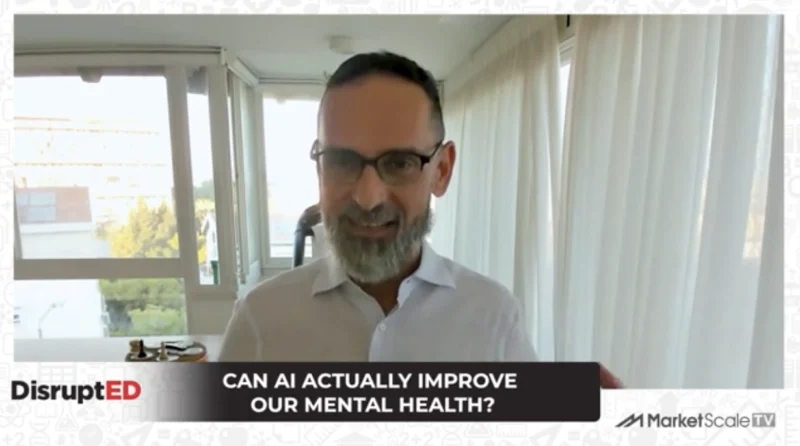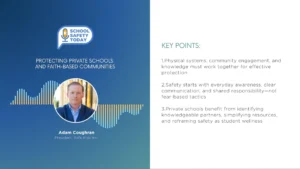What to Know About Creating a Hybrid and Digital Centered Education System in 2021
The education sector is in the midst of significant evolution. Shifting learning behaviors, demand for new skills, and changes to workforce dynamics have motivated a profound digital transformation to improve outcomes, economics, and accessibility of education.
Now, this evolution has been accelerated. At the hand of a global health crisis, many education systems around the world were forced to conduct the largest remote learning trial we’ve ever seen. From educators to students, and parents to administrators – the entire system relied on technology to connect, collaborate, and inspire.
While it wasn’t always easy and there is much still to learn, we witnessed a glimpse into what a more technology-centric education system could unlock – new forms of engagement, more actionable insight into student performance, greater accessibility, and more.
Where do we go from here? We have a significant opportunity before us to capitalize on this momentum and drive profound, swift change that will impact the lives of millions of students across the world. As we look ahead for education, it’s clear that digital learning is here to stay, and most educational institutions will take a hybrid approach heading into 2021 and beyond.
Education will rapidly transition to a cloud-first approach for both storage and collaboration tools.
The use of video collaboration tools skyrocketed, as can be expected, during the pandemic this year. That was true for the education space also, as classes took to online learning and classrooms evolved into digital discussions. As we look forward, these tools will become significantly more robust and tailored for learning.
Our existing collaboration platforms will continue to evolve, while many educational institutions will build their systems to meet the specific needs of educators, students, and parents. We’ll see an emphasis on video capabilities that will feature smarter, more seamless audio captions and offer real-time multi- language support. Smart whiteboards for brainstorming will become more intelligent and shareable–while we’ll see new features like broadcasting, and playlist creation based on subjects, topics, faculty preferences and more.
Instructors will use crowdsourced content to develop personalized learning plans and assessments.
One of the greatest opportunities presented by a more tech-centric education system is the ability to personalize engagement. As students learn through different styles and often at different paces, instructors will start to more regularly rely on outputs crowdsourcing–gathering information from a large group–to better tailor and guide lesson plans.
For example, teachers will leverage web crawlers that surf the web, study courses and curriculum of other institutions, and open resources and make intelligent recommendations about best practices. Online reward systems will motivate students to learn by collecting virtual points or badges, while providing valuable information about the strengths and growth areas. Even collecting regular information from parents will become commonplace–online surveys can be executed far more easily, and during key moments-in-time such as after classes, before major tests, or in advance of PTA meetings.
Institutions will leverage AI to deliver personalized content and improve learning effectiveness.
Perhaps most importantly, the proliferation of technology across education will help educators understand the needs of students at a deeper, more intimate level.
With more focus on personalized learning, analytics tools will suggest the probability of success or failure if a student chooses a specific course. AI technology will offer real-time alerts about potential cheating, while personalized student dashboards will deliver data-driven feedback that can help with performance improvement. AI and analytic tools will help track overall the emotion of the class – delivering quotients about happiness and emotion – and new measurement metrics such as concentration and confusion to help instructors navigate lessons more directly.
Also, an explosion of features and tools will create more dynamic and engaging digital classrooms – that support more diverse learning styles. Polls to be conducted in the middle of the class to ensure and track student engagement with the topic, while chat features will become more integrated into video platforms to make asking questions, engaging and ultimately understanding the material at hand easier for all students.
Building the next hybrid education system.
The education system is on the cusp of significant and profound change. While 2020 presented its share of challenges, innovation often rises from adversity. As we move forward, leaning further into technology to create a hybrid learning system will benefit students, parents and our broader communities around the world.
—
Twitter – @MarketScale
Facebook – facebook.com/marketscale
LinkedIn – linkedin.com/company/marketscale








